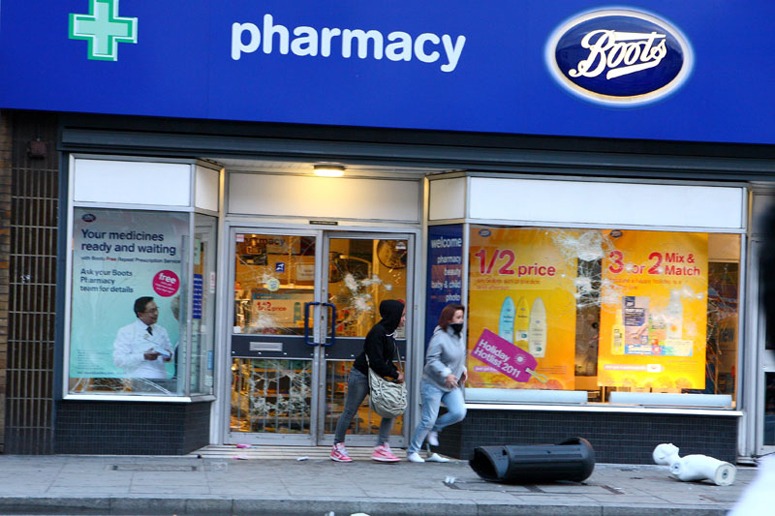 In 2005 I made my predictions and stated an intent to monitor the progress of the 2012 London Olympic Park. I took 500+ photographs of the site and hoped to follow the changes. This did not work, because they had to close off public access to the site, but I was kindly invited to view progress on 22.7.2011. The first point to strike me, on the jaw, was the total inability of the architects to work together. There is no relationship of any kind between the sports buildings. What, one might ask, can one expect of Zaha Hadid (Aquatics Centre), Michael Hopkins (Velopark), Populous (Olympic Stadium) or MAKE (Handball Arena)? This is an easy question to answer: I expected them to TALK to each other and to create a whole which is more than the sum of its parts, more than a bag of Liquorice Allsorts. I also expected the client to ensure that this conversation took place and had a fruitful outcome. But they didn’t. The landscape architects could have done the design co-ordination, had they been asked. Instead, they have designed a swathe of greenspace which can be expected to help in unifying the outdoor landscape. The underlying principles are ‘Bauhaus’: the outdoor form of the buildings reflects their internal function. The buildings have an outdoor setting which is more nature than garden (like the Meisterhäuser in Dessau). Someone, as yet unidentified, had the excellent idea of having acres and acres of wildflower meadow flowing around the buildings and along the river. It will be colourspace instead of greenspace and it will help distinguish the 2012 Olympic park from a 1980s British Garden Festival.
In 2005 I made my predictions and stated an intent to monitor the progress of the 2012 London Olympic Park. I took 500+ photographs of the site and hoped to follow the changes. This did not work, because they had to close off public access to the site, but I was kindly invited to view progress on 22.7.2011. The first point to strike me, on the jaw, was the total inability of the architects to work together. There is no relationship of any kind between the sports buildings. What, one might ask, can one expect of Zaha Hadid (Aquatics Centre), Michael Hopkins (Velopark), Populous (Olympic Stadium) or MAKE (Handball Arena)? This is an easy question to answer: I expected them to TALK to each other and to create a whole which is more than the sum of its parts, more than a bag of Liquorice Allsorts. I also expected the client to ensure that this conversation took place and had a fruitful outcome. But they didn’t. The landscape architects could have done the design co-ordination, had they been asked. Instead, they have designed a swathe of greenspace which can be expected to help in unifying the outdoor landscape. The underlying principles are ‘Bauhaus’: the outdoor form of the buildings reflects their internal function. The buildings have an outdoor setting which is more nature than garden (like the Meisterhäuser in Dessau). Someone, as yet unidentified, had the excellent idea of having acres and acres of wildflower meadow flowing around the buildings and along the river. It will be colourspace instead of greenspace and it will help distinguish the 2012 Olympic park from a 1980s British Garden Festival.
A very disappointing aspect of the Olympic 2012 Park is that the general public will have NO ACCESS in 2012. We Londoners have paid for many of the facilities. We will have our city greatly disrupted during the games. But there are no plans to let us see our park. Only the ticket holders will have this privilege – and a great many more people applied for tickets than have received tickets. A friend bid for £3000 of tickets and got none. After the Olympic Games end the plan is to keep the park closed and set about the task of transforming it for public access some time in 2013. I urge a re-consideration. They should open the park to FREE PUBLIC ACCESS FOR AT LEAST TEN DAYS AFTER THE END OF THE GAMES.
My 2005 comment on the prospects for the 2012 Olympic Park gave reasons for optimism and reasons for pessimism. In July 2011 the site looked like a road widening scheme near an airport, so I can’t say. My guesses are (1) the wildflowers will be wonderful (2) the buildings, as individual objects, will be handsome (3) there is a risk of the end product resembling a collision between an airport and garden festival. Let’s hope I’m wrong.
The below photograph, also taken from outsidethe park, shows what might have been achieved inside the park if more of the vernacular Lea Valley could have been retained. My belief is that it could have been done and that it has not been done. 







